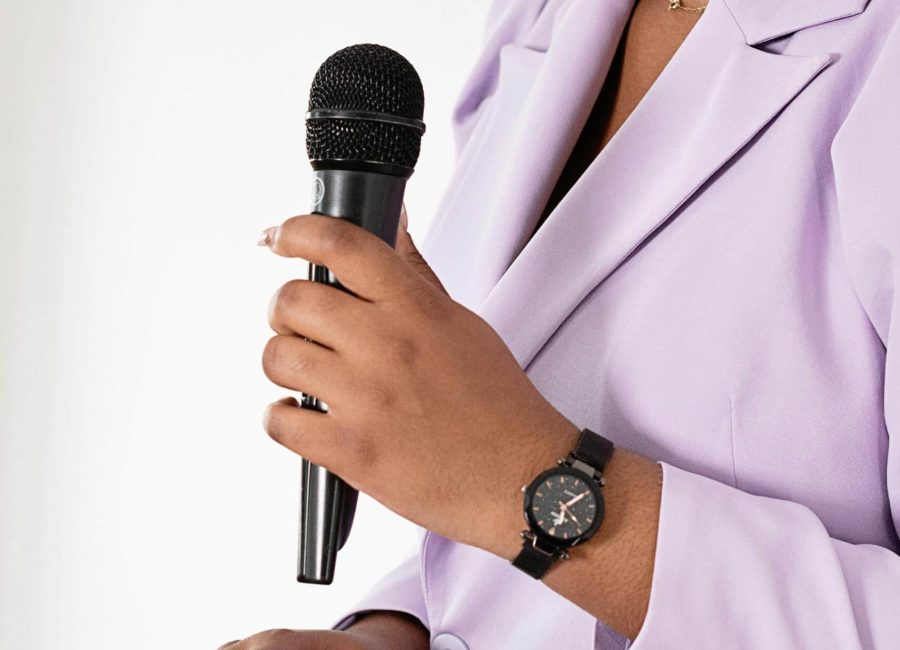There’s just one problem with the latest gender pay data from WGEA, and that’s that it’s missing about 2-million businesses from its sample remit.
In the Australian business landscape, there are nearly 2.2 million businesses in operation, but only 11,000 non-public sector employers with 100 or more staff are required to report to Workplace Gender Equality Agency (WGEA) and feed its gender pay analysis.
WGEA does a fantastic job in holding companies to account on gender pay issues, and it also does a brilliant job in shining the light on this.
But it needs more companies – big and small – reporting their employee salaries to improve the sample size.
Until this happens, we are only seeing the tip of the iceberg of what is a big problem.
Still according to the latest WGEA 2016-17 workplace data, there have been strong improvements in organisations conducting gender pay gap analyses, making managers accountable for gender equality outcomes and encouraging flexible work arrangements.
The data sample also confirms that every industry and occupation across the Australian workforce has a full-time gender pay gap favouring men, with women earning on average just 78 per cent of men’s full-time earnings.
The average annual pay packet of full-time female employees is $26,527 less than men’s, rising to $89,216 at the top level of management.
Pay gaps favouring men were also identified in every occupational category, from 8.4 per cent for clerical and administrative workers to 26.7 per cent for technicians and trades workers.
Management roles continue to be heavily dominated by men with women remaining under-represented in the upper leadership echelons, holding just 16.5 per cent of CEO roles and 29.7 per cent of key management personnel roles. However, women’s representation at every level of management has improved since last year.
Some of the key findings included in today’s scorecard are (with percentage point movement since 2015-16):
’ Gender pay gap (full-time total remuneration): 22.4 per cent (down 0.7 pp) This companies to a 15.3 per cent national gender pay gap as per the Financy Women’s Index based on data from the Australian Bureau of Statistics.
’ Employers who have conducted a gender pay gap analysis: 37.7 per cent (up 10.8pp)
’ Employers with manager KPIs related to gender equality: 28.4 per cent (up 5pp)
’ Appointments of women to manager roles (including promotions): 43.4 per cent (up 0.8pp)
’ Employers with flexible work policies: 68.3 per cent (up 5.3pp)
’ Proportion of women directors on boards and governing bodies: 24.9 per cent (up 0.2pp)
WGEA Director Libby Lyons said the Agency’s world-leading dataset covering over four million employees and 11,000 employers shows strong improvement in employer awareness but the pace of change needs to increase.
“In Australia today, men still out earn women in every industry and across all occupations,” said Ms Lyons.
“This is not about women’s choices: whether you are a manager, a scientist, a butcher, a baker or even a TV presenter, there is a gender pay gap favouring men.
“The sharp increases in employer action show that the momentum for improved gender equality is building. I am very encouraged that many more employers are now analysing their pay data for gender pay gaps and hopeful this will flow through to improved pay outcomes for women in the years ahead.
“Other positive developments include an increase in managers having KPIs related to gender equality and more women being appointed to manager roles.
“Unfortunately, the number of women on company boards remains static and too few organisations are reporting their gender metrics up to the board. We need to see some real change. Boards must take more accountability for gender equality.”














